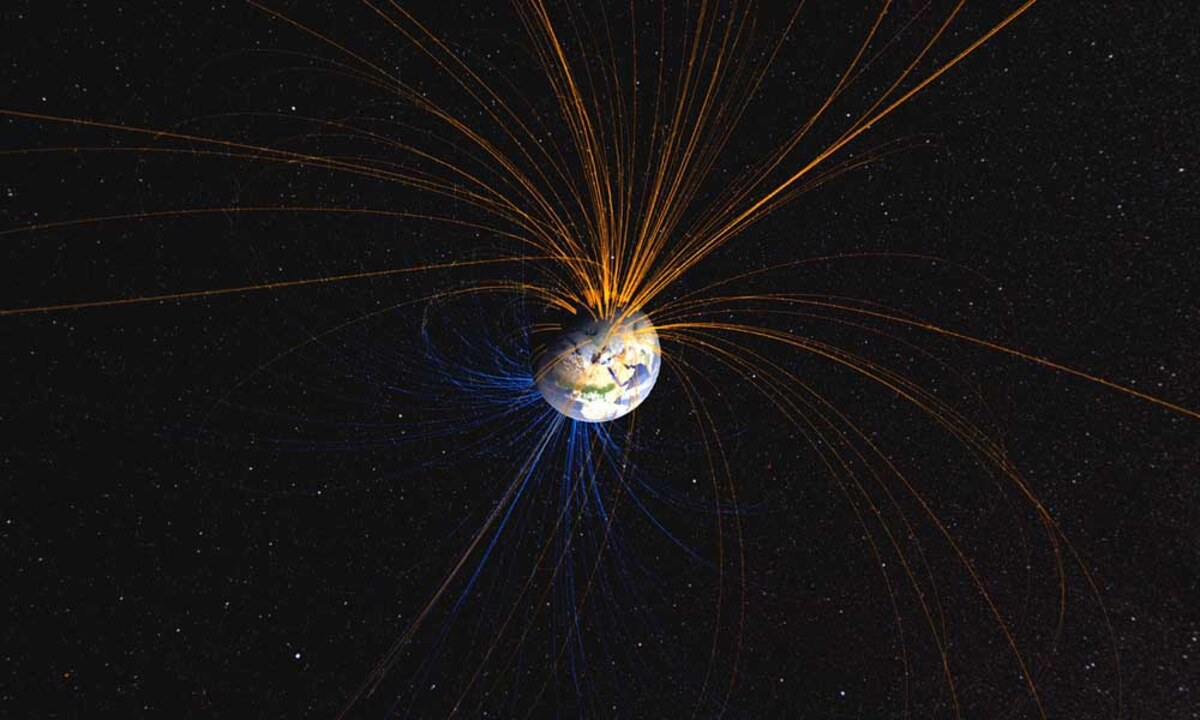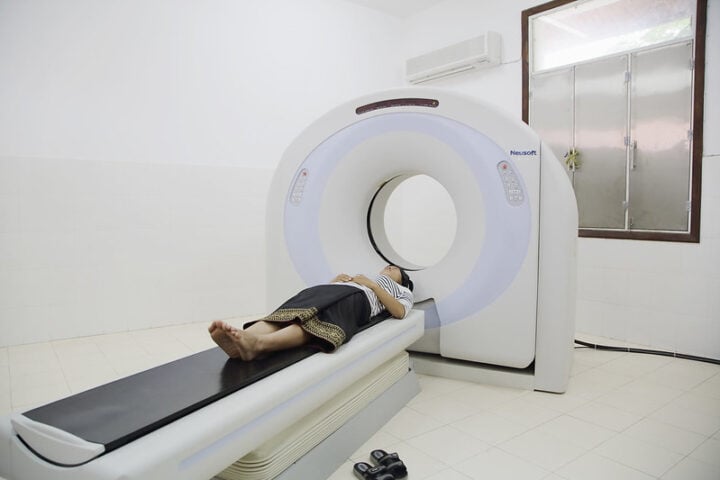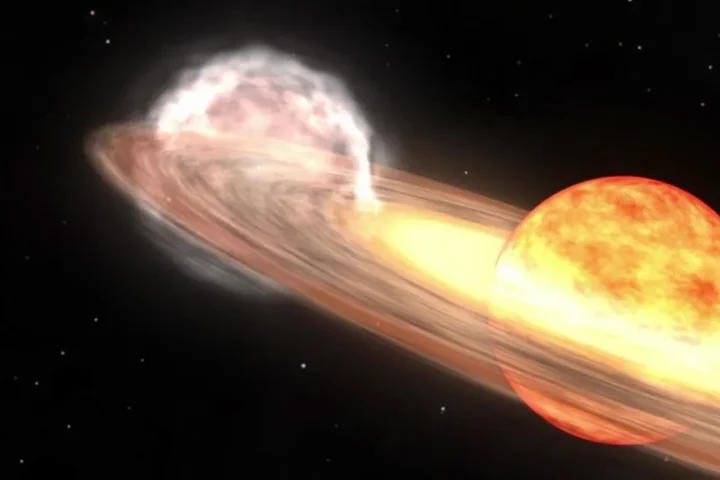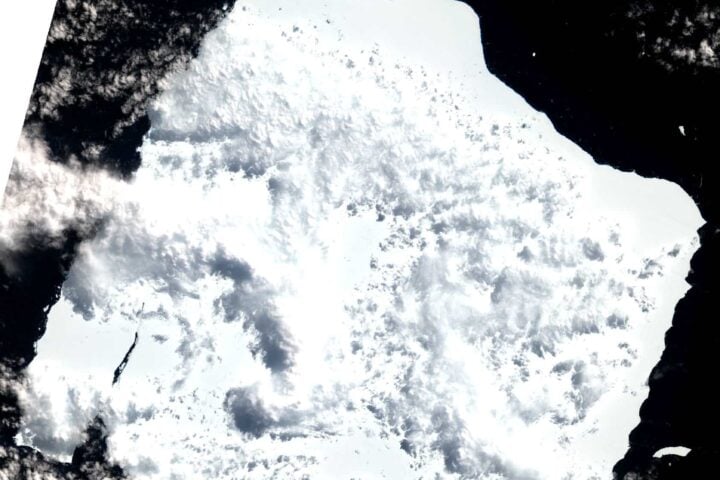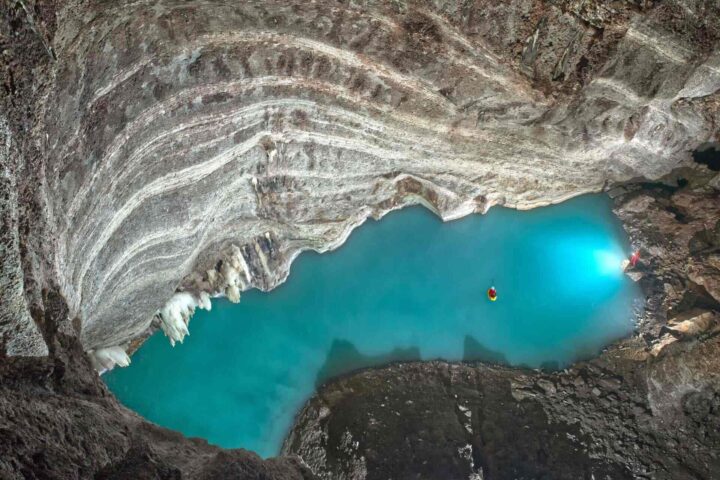The South Atlantic Anomaly (SAA), a vast region where Earth’s magnetic field has weakened significantly, continues to puzzle scientists as it grows and changes shape. Located primarily over South America and the southern Atlantic Ocean, this magnetic “dent” is drawing increasing attention from NASA as it poses real risks to satellites and spacecraft.
“When you burn clay at very high temperatures, you actually stabilize the magnetic minerals,” explains geophysicist John Tarduno. “When they cool, they lock in a record of Earth’s magnetic field.”
A Weakening Shield
Earth’s magnetic field acts as our planet’s protective bubble, deflecting harmful radiation and charged particles from the Sun. Within the SAA, this shield is considerably weaker, allowing high-energy particles to penetrate closer to Earth’s surface.
This weakness has real consequences for technology. Satellites passing through the region experience higher radiation levels, which can cause:
- Electronic glitches and temporary malfunctions
- Data corruption in memory systems
- Component damage from prolonged exposure
Even the International Space Station must take precautions when orbiting through this area. Many spacecraft operators routinely shut down non-essential systems when crossing the anomaly to prevent damage.
Deep Earth Origins
The mystery begins roughly 2,900 kilometers (1800 miles) below Africa, where scientists have identified a massive, dense region called the African Large Low Shear Velocity Province (LLSVP).
This unusual structure disrupts the flow of liquid iron in Earth’s outer core – the very process that generates our magnetic field. Think of it as placing an obstacle in a smoothly flowing river; it creates turbulence downstream.
“We now know this unusual behavior has occurred at least a couple of times before the past 160 years,” says physicist Vincent Hare from the University of Rochester. “It’s part of a bigger long-term pattern.”
Not Just Growing, But Splitting
Satellite data has revealed something even more unusual – the anomaly isn’t just growing, it’s splitting into two distinct centers of magnetic weakness.
Similar Posts:
“The magnetic field is actually a superposition of fields from many current sources,” explains geophysicist Terry Sabaka from NASA’s Goddard Space Flight Centre.
This bifurcation, first detected in 2020 and later confirmed by multiple satellites, creates additional challenges for spacecraft navigation and protection. Each lobe represents a separate danger zone where electronics are at higher risk.
A Recurring Pattern
Archaeological evidence offers surprising insights into the anomaly’s history. Ancient burned clay structures from the Limpopo River Valley contain magnetic records showing similar field weaknesses occurred between 400-450 CE, 700-750 CE, and 1225-1550 CE.
These findings suggest the SAA isn’t new but rather a recurring feature of Earth’s magnetic behavior, likely tied to the African LLSVP structure that has existed for tens of millions of years.
Pole Reversal Warning?
Some have wondered if the weakening field signals an impending magnetic pole reversal – a natural but rare event where north becomes south and vice versa. Earth’s last full reversal happened about 780,000 years ago.
However, scientists remain cautious about making such predictions. While the current weakening began about 160 years ago, the archaeological evidence of previous anomalies suggests this may simply be part of a repeating pattern rather than the prelude to a full reversal.
“However, It’s simply too early to say for certain whether this behavior will lead to a full pole reversal,” Hare notes.
NASA’s Monitoring Efforts
NASA has dedicated significant resources to tracking the anomaly through satellites like the Swarm constellation. These missions measure the magnetic field’s strength, direction, and changes over time.
The data feeds into sophisticated computer models that simulate Earth’s core and help predict future magnetic field changes – similar to weather forecasting but on much longer timescales.
“Even though the SAA is slow-moving, it is going through some change in morphology, so it’s also important that we keep observing it by having continued missions,” says Sabaka. “Because that’s what helps us make models and predictions.”
As this strange magnetic pothole continues to evolve, it represents both a technological challenge and a unique window into the mysterious workings of our planet’s core – a reminder that even Earth’s most fundamental protections are in constant flux.
